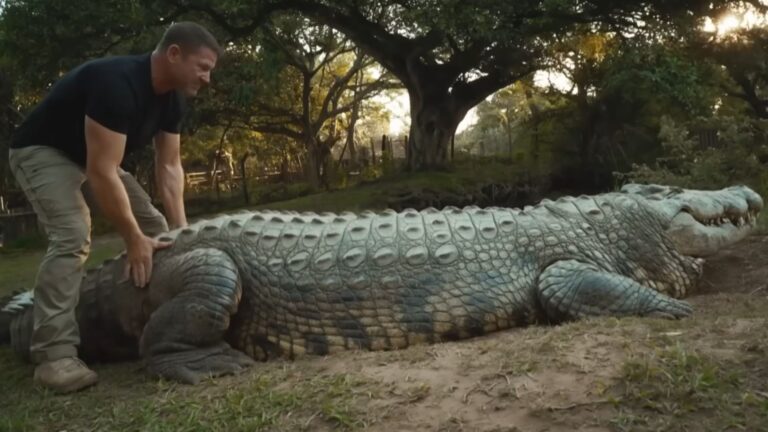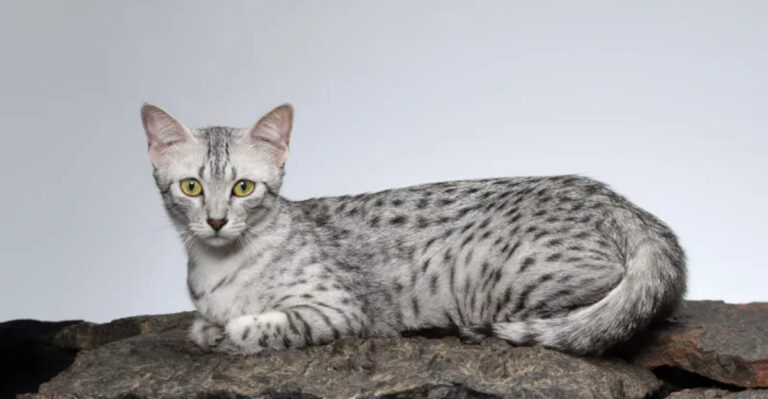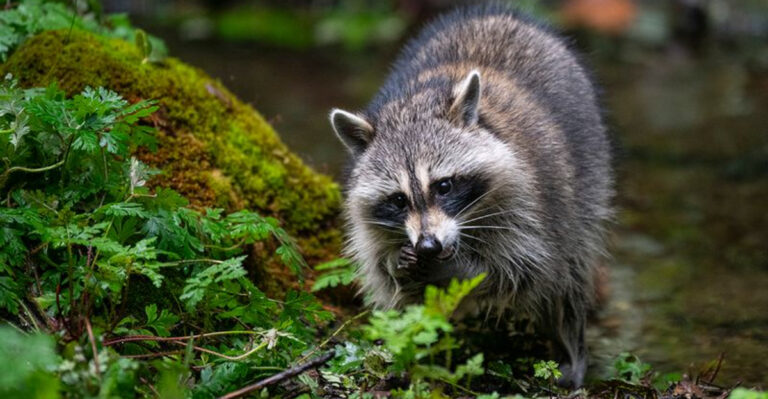12 Unique Ways Animals Defend Themselves Without Teeth Or Claws
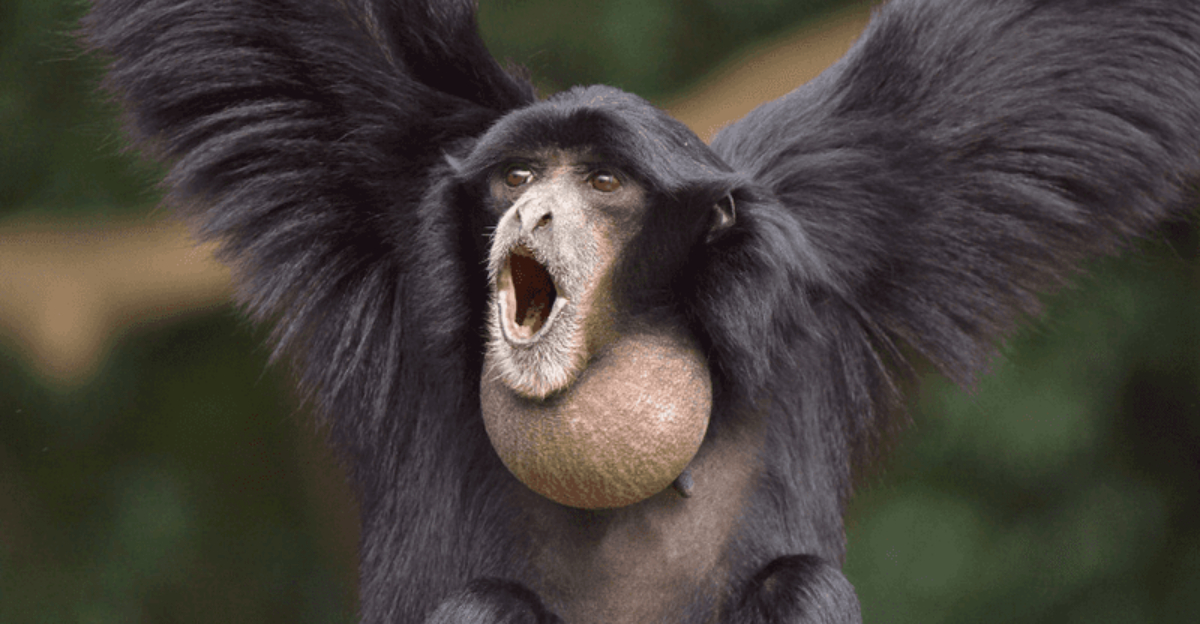
Animals have evolved fascinating ways to defend themselves without relying on teeth or claws.
From blending into their surroundings to unleashing chemical warfare, these unique tactics showcase the incredible adaptability of wildlife.
1. Camouflage Masters
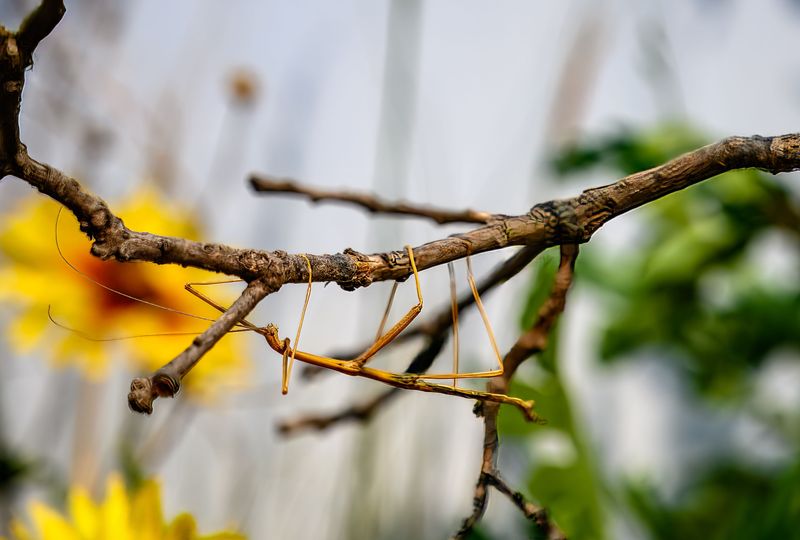
In the world of hide and seek, stick insects are the reigning champions. Their bodies mimic twigs and branches so convincingly that even the keenest eyes might overlook them.
Blending into the background is their superpower. It’s not just stick insects; octopuses can change their skin color and texture to match their surroundings instantly, becoming invisible to both prey and predators.
2. Deceptive Mimics
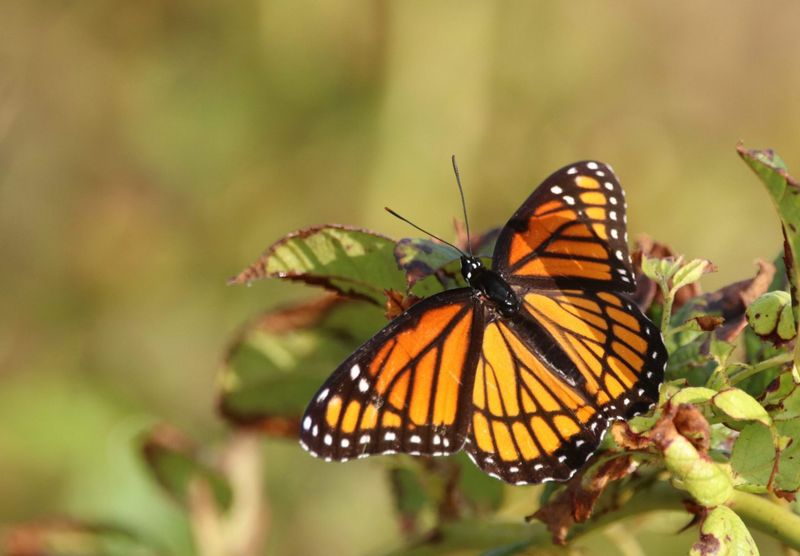
Some creatures have impersonation down to an art. Take the viceroy butterfly, for instance. It wears the same vibrant colors as the toxic monarch butterfly, tricking predators into thinking it’s dangerous when it’s not.
This clever ruse keeps predators at bay. Mimicry is a fascinating survival tactic that highlights nature’s ingenuity and adaptability in the face of danger.
3. Toxic Avengers
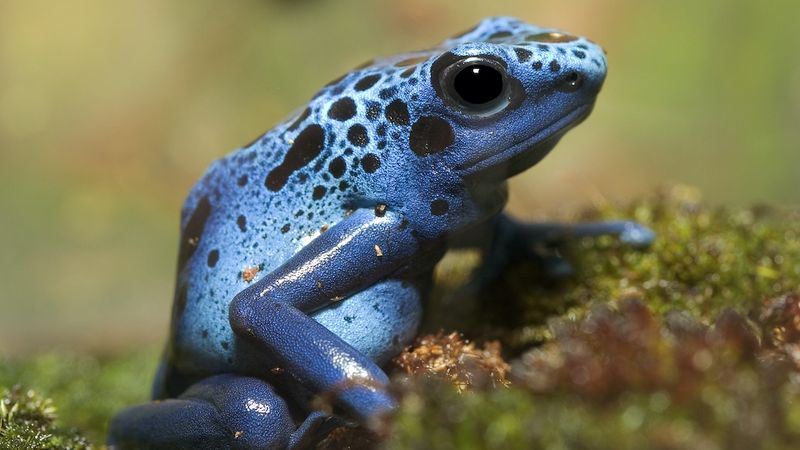
With skin as colorful as a painter’s palette, poison dart frogs don’t hide their danger. These tiny amphibians secrete toxins that can be lethal even in small doses.
Their bright colors serve as a warning sign to potential predators: “Approach at your own risk!” This chemical defense is a powerful deterrent, showcasing how even the smallest creatures can pack a punch.
4. Sonic Boomers
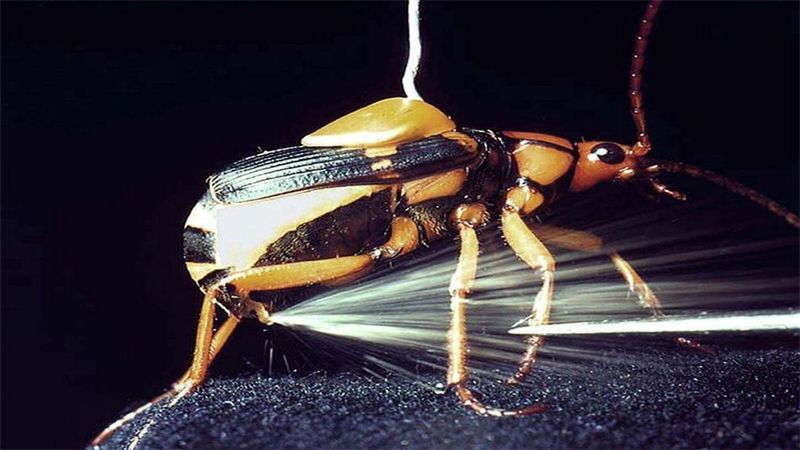
Imagine having a mini-explosion as a personal defense system. Bombardier beetles have mastered this art, ejecting a boiling chemical spray that deters any would-be predator.
The sound of this chemical reaction can also startle attackers, giving the beetle a chance to escape. It’s a loud and proud defense strategy that combines chemistry with acoustics.
5. Ink Magicians
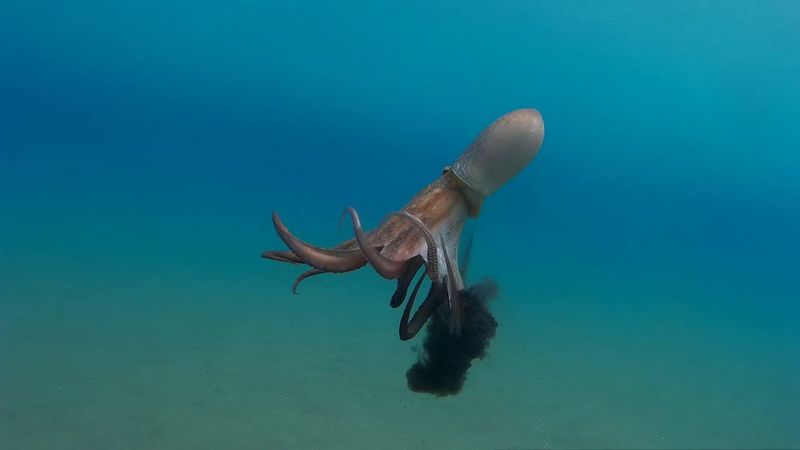
When danger lurks, octopuses perform a vanishing act worthy of Houdini. By releasing a jet of dark ink, they create a smokescreen, confusing predators and slipping away into safety.
But that’s not all; some octopuses can even shape the ink into decoys, tricking predators into chasing shadows. Their inky getaways are a masterclass in escape artistry.
6. Prickly Protectors
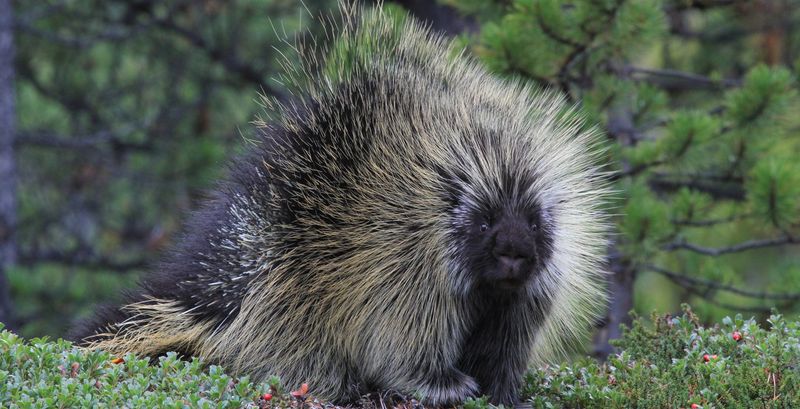
Spines and quills might not be cozy, but they sure are effective. Porcupines raise their sharp quills to ward off hungry predators. Even hedgehogs roll into a ball of spikes, making them hard to swallow.
These pointy defenses are not just about poking; they send a clear message: “Look, but don’t touch!” It’s a simple yet effective way to stay safe.
7. Posture Perplexers

The starfish is a creature of surprises. Not only can it regrow lost limbs, but it can also adopt bizarre postures to confuse predators.
By twisting and contorting its body, it can make itself appear less appetizing or difficult to attack.
8. Slippery Defenders
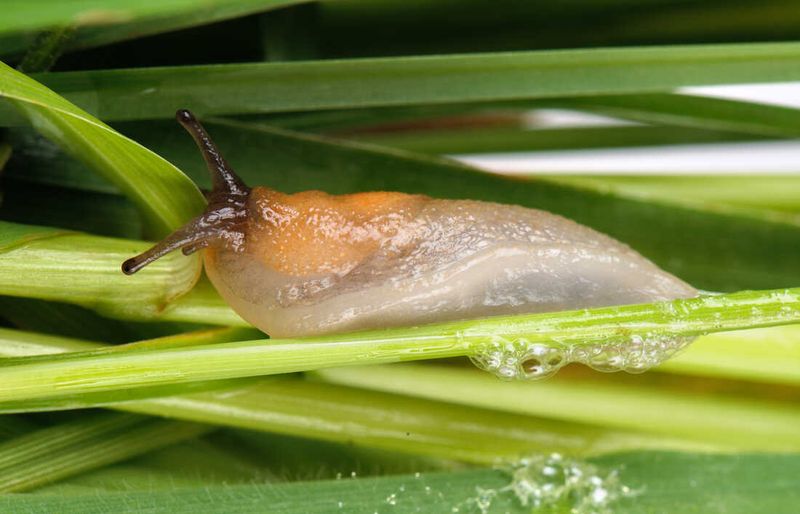
Slime isn’t just for gross-out factor. For snails and certain amphibians, mucus acts as an excellent defensive shield. This slippery barrier not only makes them hard to grip but can also taste unpleasant to predators.
It’s a sticky situation that predators often find themselves wanting to avoid, proving that sometimes the best defense is a good slime.
9. Electric Guardians
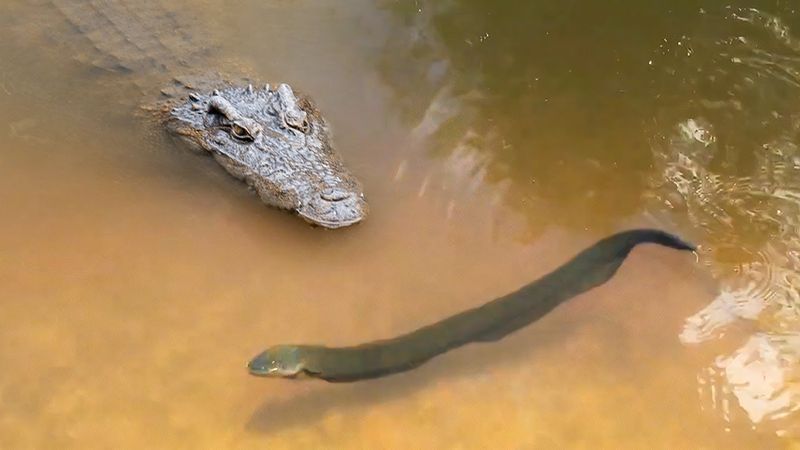
The electric eel doesn’t need to hide or run to stay safe. Instead, it zaps its enemies with powerful electric shocks.
This remarkable fish uses electricity like a superhero, stunning or deterring predators with a simple jolt. In the murky waters it calls home, this form of defense is as effective as it is shocking.
10. Playing Possum
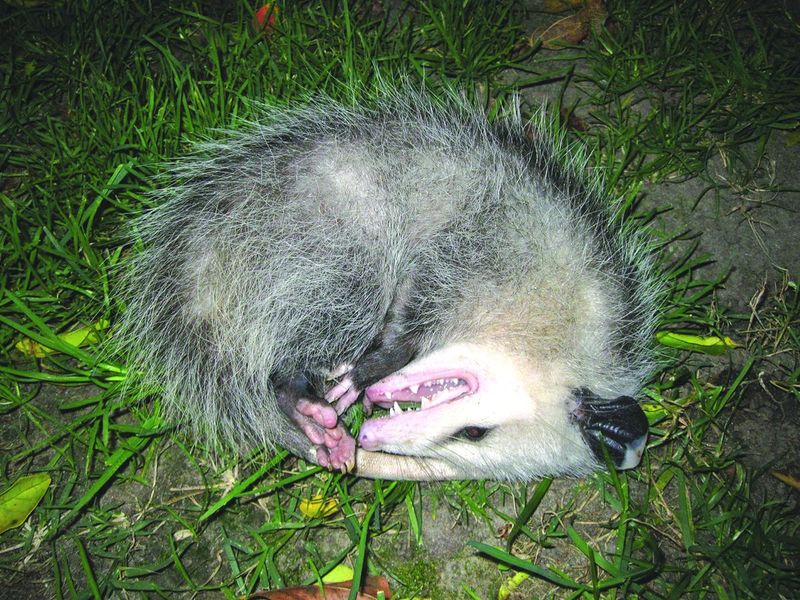
Sometimes, the best way to avoid danger is to play dead. Opossums are famous for this dramatic act, falling into a state that resembles death when threatened.
This convincing performance often tricks predators into losing interest. By mimicking the lifeless, opossums turn a dire situation into an escape route. It’s an act worthy of an award.
11. Vocal Warriors
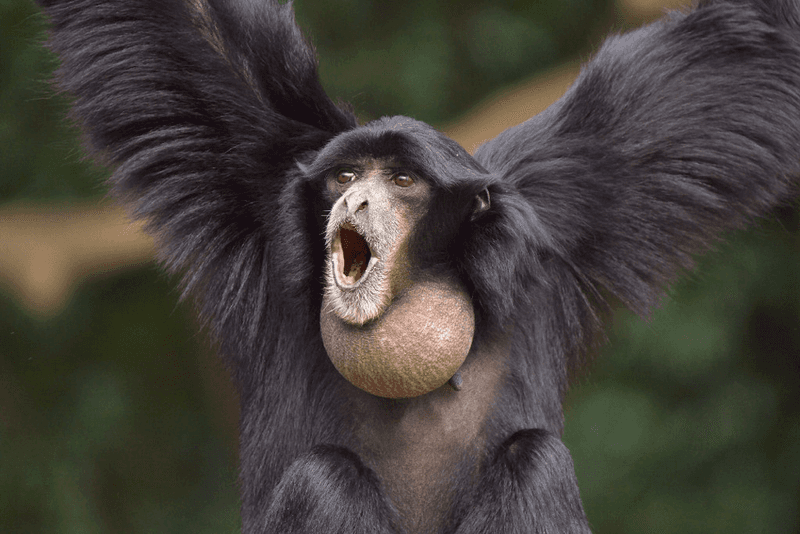
When words fail, volume speaks. Gibbons use loud, resonant calls to assert their territory and ward off potential threats.
These vocal acrobatics serve as both a warning and a deterrent, letting all within earshot know that this patch of jungle is taken. It’s a sonic barrier that keeps trouble at bay while sounding like a jungle symphony.
12. Speedsters
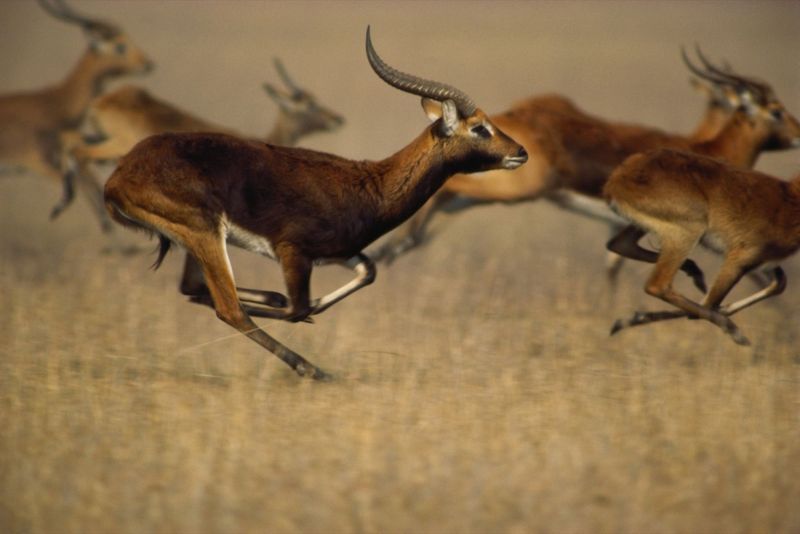
In the race for survival, speed is an invaluable ally. Gazelles are built for sprinting, using their agility to outpace predators in the wild.
With leaps and bounds, they navigate the savannah, turning from prey to a blur of motion. Speed isn’t just about running; it’s about staying one step ahead of danger, leaving predators in the dust.



